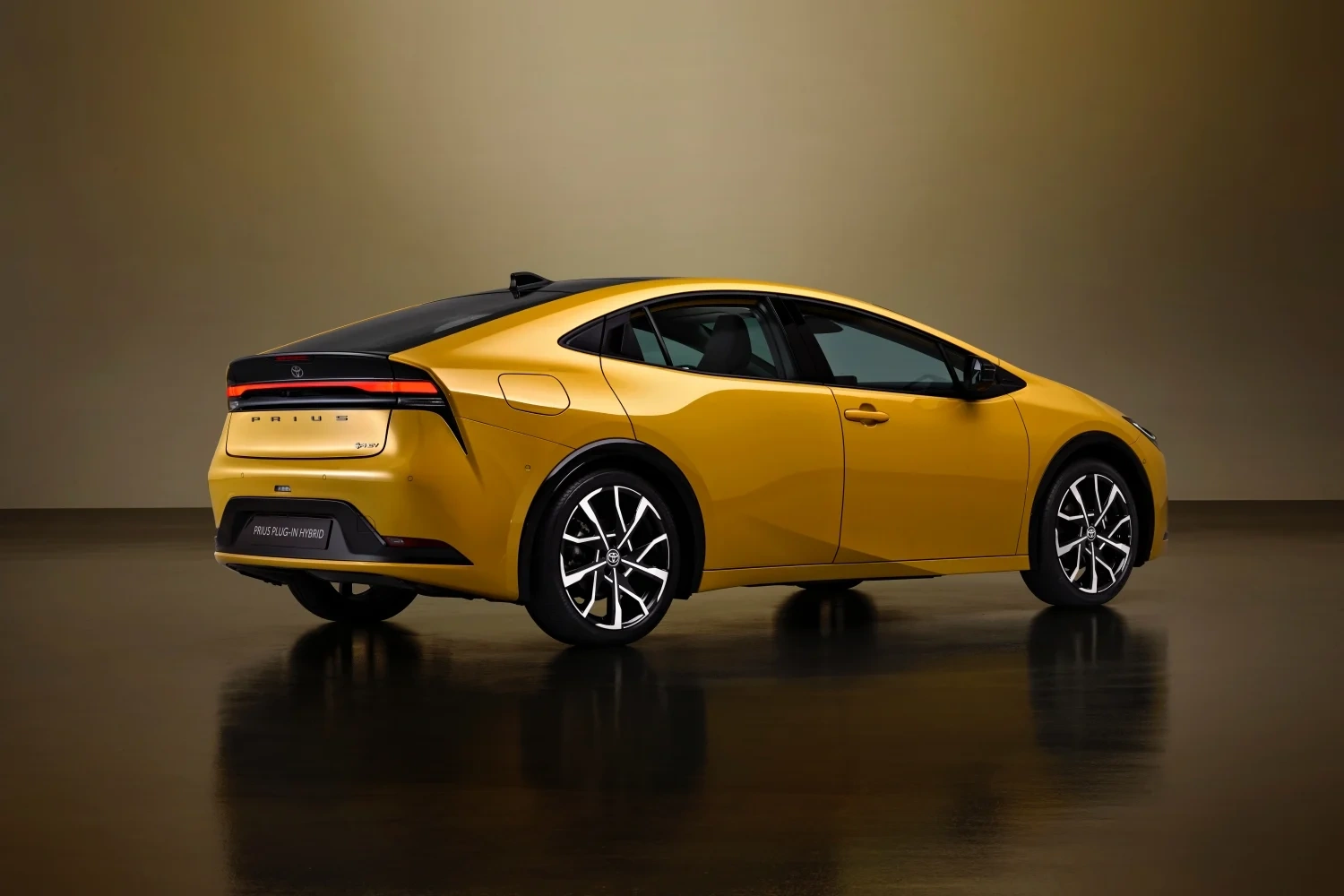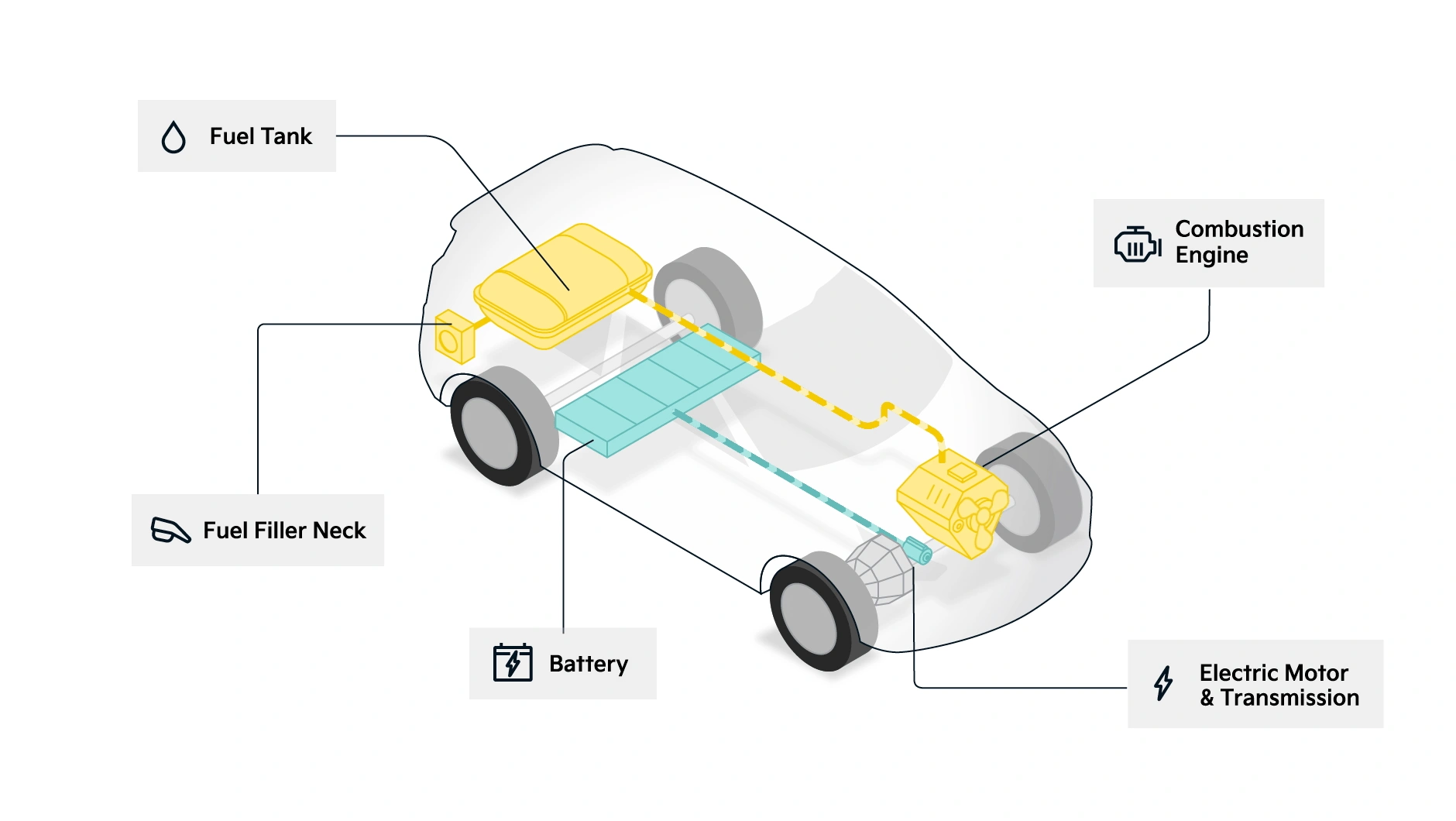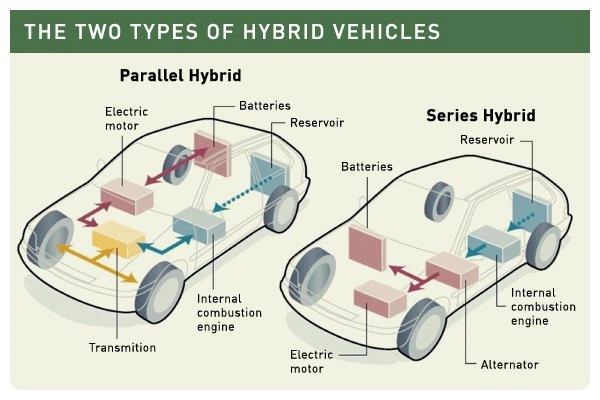How does a hybrid car work?

Most manufacturers selling cars in Ukraine (Kia, Citroen, "mother" of hybrids Toyota and others) have hybrid versions of already known models in their lineup. Hybrids appeared in particular from the good life, when the prosperous European society began to care about its environment and wanted to save fuel because of the rise in fuel prices. Also the appearance of hybrids was facilitated by the rapid development of the industry of alternative power sources, in particular rechargeable batteries.
The advantages of such vehicles are many. Let's take a closer look at them.
What are hybrid cars?

In general, hybrid cars are what you would imagine them to be: a car with an internal combustion engine (ICE) and an electric motor (or motors) that work in conjunction. The electric motor takes some of the load, making the gasoline engine less stressed and turning on less often. This saves fuel and minimizes CO2 emissions. That's what it's all about.
The main elements of a hybrid vehicle:
Gasoline engine: very similar to a conventional internal combustion engine, but it is smaller and uses advanced technology to reduce emissions and increase efficiency. It also weighs less and runs quieter.
Electric motor: These hybrid engines are very advanced. The electronics allow it to work as both an electric motor and a generator. In the first case, it powers the battery and propels the car forward. In the second, it can slow the car down by returning power to the batteries.
Generator: Similar to an electric motor, but only serves to extract electricity. They are used mostly in series hybrids.
Batteries: A power source for the electric motor.
Transmission: in most hybrids, similar to the transmission in a conventional car. But there are transmissions designed specifically for hybrids.
Types of hybrid cars
The industry of hybrid autos is actively developing and there are many modifications. However, three main types can be distinguished:
MHEV - mild hybrid
Auto, in which there is an additional battery and an electric motor, but the movement on electric traction is impossible. The electric motor provides start/stop operation of the internal combustion engine, and moderately assists in driving and regenerative braking.
HEV - hybrid electric vehicle
A vehicle with an internal combustion engine, electric motor, and battery. There is no external recharging capability. The battery is charged during braking, and the electric motor has an auxiliary function. Although the movement exclusively on electric traction in some models is possible.
PHEV - plug-in electric vehicle
\A plug-in hybrid is the same as HEV, but there is an opportunity to charge the battery from an external source. It can work both purely on electric traction and from the internal combustion engine
Typical schemes

Depending on the nature of the interaction between the internal combustion engine and the electric motor, there are also different hybrid powertrain schemes:
Parallel: where both the internal combustion engine and the electric motor can drive the wheels through a differential, allowing them to work independently of each other as well as together.
Series: this is when the internal combustion engine is directly connected only to the generator, and the electric motor is responsible for propulsion because it is the only one connected to the wheels.
Example - Chevrolet Volt (once very popular but discontinued), Nissan Qashqai e-POWER
Series-parallel: the internal combustion engine, generator and electric motor are connected to each other and to the wheels via a planetary gearbox. This allows flexible power distribution between these components.
Example - Toyota Prius.
Regenerative braking
One of the interesting features of hybrids (as well as electric cars). This is a system that uses traction motors for braking. They start out as generators, and the electricity they produce is used to charge the batteries. Most hybrid cars use this braking system, and the traditional braking system is also present in the car.
Advantages of hybrid cars
Fuel economy: on average, you can save up to 25% of fuel compared to other modern cars with internal combustion engines.
Higher acceleration dynamics and top speed: due to the presence of electric motors
Less atmospheric pollution: particularly relevant for large cities
Lower noise levels: both because of the quieter internal combustion engine and the fact that it automatically switches on/off.
Disadvantages of hybrids
Higher cost: compared to a conventional car, the plug-in hybrid model version can cost 2 or more times higher
More expensive to maintain: due to the large number of high-tech components
Need for more skilled technicians for maintenance
Conclusion
You and I are witnessing the transition from internal combustion engines to electric cars and hybrid autos are without a doubt the near future of the automotive industry. If the trend continues - all cars will become hybrid first. And then, after the transition to electric cars, we will remember them with nostalgia the way we now remember CDs.
